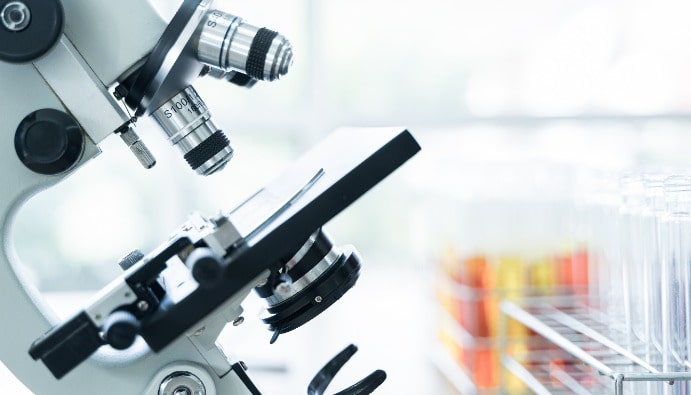Evaluation of Bactericidal Activities: Efficacy Tests
Evaluation of Bactericidal Activities in Biocidal Products

What is Bactericidal Activity?
The ability to kill bacteria completely. Unlikebacteriostatic products (which stop bacterial growth), bactericidal products also prevent bacteria from surviving.
Bactericidal efficacy is assessed by standardized protocols to determine the killing capacity of biocidal products against specific bacterial species. These tests are performed to measure the efficacy and safety of biocidal products in preventing bacterial contamination. These tests are used in many areas such as healthcare, food processing plants, water treatment systems, personal care products and environmental hygiene.
Purposes of Bactericidal Efficacy Tests by Sector
- Hospital and Health Sector: Preventing the spread of infections. Pre-operative sterilization and surface hygiene.
- Food Safety: Protection against pathogens such as Salmonella, Listeria and E. coli. Disinfection of food processing equipment.
- Industrial and Environmental Hygiene: Prevention of bacteria such as Legionella in water treatment systems. Destruction of bacterial biofilms on ventilation systems and surfaces.
- Domestic and Personal Use: Ensuring the safety and effectiveness of antibacterial soaps, disinfectants and cleaning products.
What are the Types of Bacteria Tested?
- Gram-positive bacteria: Staphylococcus aureus, Enterococcus hirae
- Gram-negative bacteria: Escherichia coli, Pseudomonas aeruginosa
- Pathogenic bacteria: Salmonella enterica, Listeria monocytogenes
Factors Affecting the Effectiveness of Biocidal Products
- Active Substance Concentration: The adequacy of the active substance in the formulation of the biocidal product.
- Contact Time: How long the product is in contact with bacteria.
- Ambient Conditions: pH, temperature and humidity directly affect the effectiveness.
- Presence of Organic Matter: Organic substances such as blood, fat and protein may reduce product efficacy.
What are Bactericidal Efficacy Test Methods?
1. Suspension Tests: These are tests carried out to measure the capacity of the biocidal product to kill bacteria in the liquid.
- Related Standards:
- EN 1276: Bactericidal efficacy tests in food, industrial, domestic and institutional areas.
- EN 13697: Efficacy of surface disinfectants.
2. Surface Tests: Tests to measure the effectiveness of biocidal products against bacteria on fixed surfaces.
- Method: Bacteria are inoculated on surfaces and biocidal product is applied. After a certain period of time, samples taken from the surface are cultured and the number of bacteria is measured.
3. Minimum Bactericidal Concentration (MBC) Test: Tests to determine the lowest concentration of biocidal product at which bacteria are completely killed.
- Method: MBC is determined using the microdilution method.
4. Disk Diffusion Method: Tests to visually evaluate the effectiveness of products that form an inhibition zone on bacteria.
- Method: The product is tested with disks placed on bacterial cultures. The diameter of the inhibition zone is measured.
5. Time-Kill Test: Tests to measure the capacity of the product to kill bacteria over a specified period of time.
- Method: The biocidal product is mixed with bacteria and samples are taken at different time intervals. The number of live bacteria is evaluated by culture method.
6. ATP Tests: Tests to measure the energy metabolism of bacterial cells.
- Method: Bacterial ATP levels are analyzed by bioluminescence technology.
Nanolab Laboratories Group continues to provide services within the scope of Evaluation of Bactericidal Activities. We also provide services in the Evaluation of Fungicidal and Yeasticidal Activities.
Contact us for more information.
You can follow us on LinkedIn for up-to-date news and posts about our services.
Follow our Instagram account to be informed about our latest blog posts.

